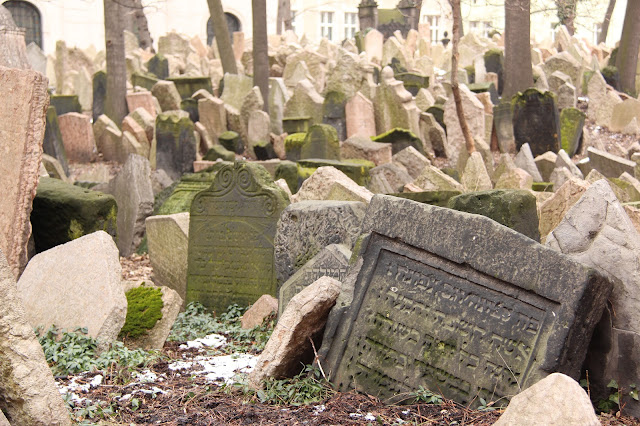And so, like all good things, the Odyssey has come to an end. We have driven over 49,000km, visited 46 countries and slept in 119 different beds.
It was fitting that we were to say goodbye to the grand tour of Continental Europe in the city in which it all began, Amsterdam. But this time it had snow!
Actually, we also went to the Hague for an afternoon, which we'd visited briefly in April. But this time it had ice!
We were joined for the final weekend by our favourite Scots, Yonah and Campbell. Here is a photo of their reflection, inside the M. C. Escher museum, inside an M. C. Escher print.
While in Amsterdam, we took a canal tour
ate some cheese
visited Yasmin's Dutch family (actual relatives not pictured)
and spotted one of the city's thinnest houses.
But most of the time we just drank coffee, beer and mulled wine to stay out of the cold.
It wasn't all fun and games. We had to say goodbye to our favourite panda, and release him into the wilderness from whence he came.
He has seen things other cars wouldn't believe. Attack ships on fire off the shoulder of Orion. He's watched c-beams glitter in the dark near the Tannhäuser Gate. All those moments will be lost in time, like tears in rain. Time to say vaarwel.
Hmm.. nice photo
Having flown from London to Amsterdam to start the Odyssey, 447 days later we flew from Amsterdam to London to finish it. We now look forward to our future in London and beyond.
Stay tuned for some Odyssey highlights in the coming weeks.
Thanks to all for following. It's been emotional.


















































